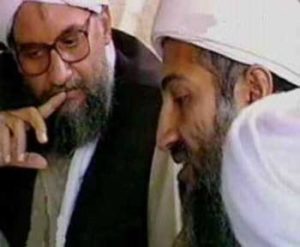Usama bin Laden Called Yunus Khalis “the Father Sheikh:” Weird But Possibly True
Many authors have tried to fill in the gaps in the historical account of how al-Qa’ida’s central leadership came to reside in Jalalabad for part of 1996, with mixed results. Yunus Khalis has become a fixture in these narratives largely because he was the best known person that Bin Laden interacted with in the summer after al-Qa’ida’s leadership fled Sudan for Nangarhar. For many authors, Khalis’s fame and prominence in the region combined with his known interactions with Bin Laden provide an adequate explanation: al-Qa’ida must have come to Nangarhar in 1996 because of the importance of the Khalis-Bin Laden relationship. This is, of course, a vast oversimplification, and I hope that the report I recently published for West Point’s Combating Terrorism Center will go some way towards exposing the most obviously untenable parts of this narrative. But as part of the research for this monograph, I have also found




